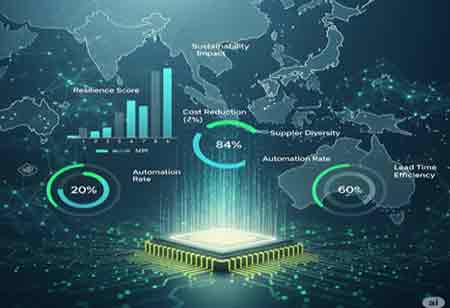THANK YOU FOR SUBSCRIBING
How the Future of Networking Looks Like
Most organizations are already accustomed to the issues remote workplaces bring to networks and the networking crew. On that front, AI can hugely transform the conventional organizational experience with impromptu notifications and highly usef

By
Apac CIOOutlook | Monday, November 15, 2021
Stay ahead of the industry with exclusive feature stories on the top companies, expert insights and the latest news delivered straight to your inbox. Subscribe today.
Most organizations are already accustomed to the issues remote workplaces bring to networks and the networking crew. On that front, AI can hugely transform the conventional organizational experience with impromptu notifications and highly useful insights through predictive analytics.
FREMONT, CA: Post the catastrophic events that catapulted last year, it became undoubtedly confusing to predict the future of networking. Having said that, network visibility and analytics will remain paramount in order to heighten customer experience. Also, the future will depend hugely on modern cloud infrastructures, and with Wi-Fi 6E and long-term personal evolution (LTE), things will become relatively swift in the networking space.
Based on the progress by governments in the wake of the pandemic to unlock more spectrums in the 6-gigahertz belt, it shall enable firms to spread the existing radio frequency gamut to a whole new level. At the same time, focusing on investment in AI can further the efficiency of the networking sector to provide a better customer experience. It won’t be wrong to say that organizations leveraging AI will save a significant amount of time and reduce costs on a big scale.
Notably, most organizations are already accustomed to the issues remote workplaces bring to networks and the networking crew. On that front, AI can hugely transform the conventional organizational experience with impromptu notifications and beneficial insights through predictive analytics.
Investments in AI alone are not enough, though. It’s also necessary for organizations and their IT heads to establish a solid cloud-based model for their networks with emphasis on developing a software-defined vast area network (SD-WAN). Steered by the need to support remote work, the point is to deliver secure and reliable connectivity, and therefore, SD-WAN has become mission-critical for IT teams.
There are sure to be plenty of disruptions to overcome to the remodeling of networking technology, but it is evident that the time ahead will be interesting for networking professionals.





